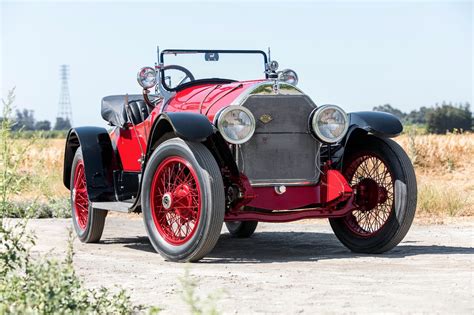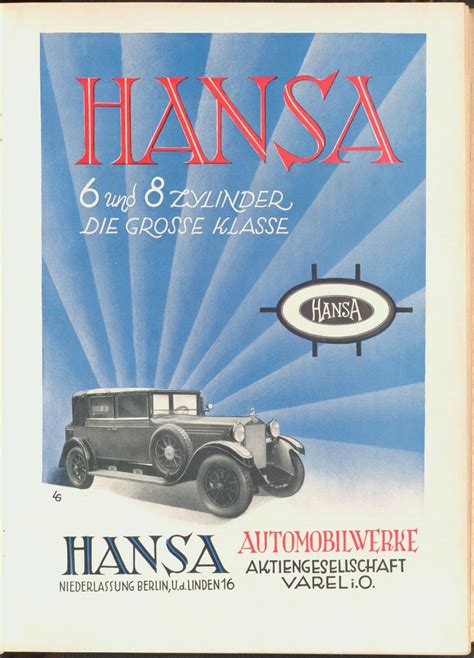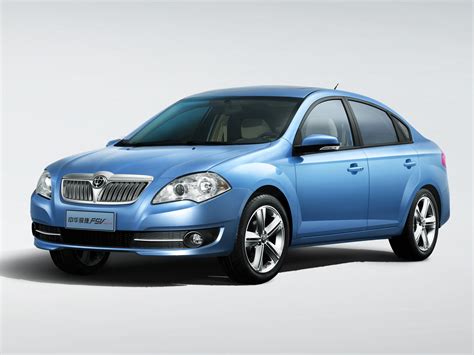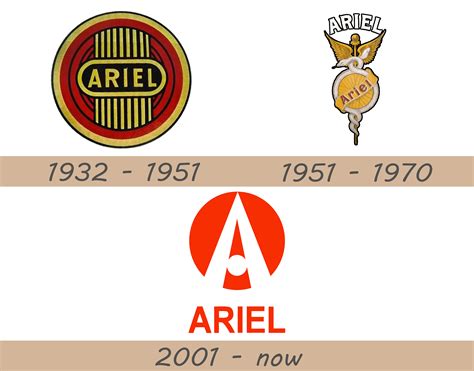Explore the history and legacy of Oakland Car Company, from its founding and innovations to its decline, and learn about collecting Oakland cars today.
Founding of Oakland Car Company
Contents
The Oakland Motor Car Company was founded in 1907 in Pontiac, Michigan by Edward M. Murphy and Alanson P. Brush. Both men were successful carriage makers, and they decided to venture into the automobile industry. The company’s first car, the Model A, was introduced in 1908, featuring a 4-cylinder engine and a price tag of $1,400.
By 1910, the company had become known for its high-quality vehicles and innovative design features. The Model 40 was a particularly popular model, known for its reliability and stylish appearance. The company quickly gained a reputation for producing some of the finest cars on the market.
In 1916, the Oakland Motor Car Company was acquired by General Motors, which saw the potential for growth and expansion. The company continued to thrive under the ownership of GM, producing a wide range of vehicles and maintaining its reputation for excellence in automotive design.
Throughout its history, the Oakland Motor Car Company made significant contributions to the automotive industry, setting the standard for quality and innovation. The company’s legacy lives on in the continued success of General Motors and the impact it has had on the development of American automobiles.
Innovations in Oakland Car Design
When we look at the history of Oakland Car Company, we find that it was a manufacturer known for its innovative car designs. Several key innovations in car design were introduced by the company, setting them apart from other manufacturers at the time.
One of the notable innovations introduced by Oakland Car Company was the use of streamlined designs in their vehicles. This allowed for improved aerodynamics, which in turn enhanced the overall performance and fuel efficiency of their cars.
In addition to this, Oakland cars were also among the first to feature electric starters, making them more convenient and easier to use for consumers. This innovation set a new standard in the industry and influenced the designs of cars to come.
Furthermore, Oakland Car Company was one of the early adopters of incorporating shock absorbers into their vehicles. This not only provided a smoother ride for drivers and passengers but also contributed to the overall safety and stability of the cars.
Lastly, the company was known for its luxurious interiors and attention to detail in the design of their cars. This focus on comfort and aesthetics helped to elevate the overall driving experience and set Oakland cars apart from their competitors.
Decline of Oakland Car Company
During the early 1920s, the Oakland Car Company faced fierce competition from larger, more established automobile manufacturers. This, coupled with the effects of the Great Depression, led to a decline in the company’s sales and profitability. Despite their innovative car designs and engineering prowess, the company struggled to keep up with the rapidly evolving automotive industry.
As the demand for automobiles shifted towards more affordable and mass-produced vehicles, the Oakland Car Company found it increasingly difficult to compete. Their lack of resources and inability to adapt to the changing market conditions ultimately led to their downfall.
In 1931, the Oakland Car Company was acquired by General Motors and subsequently rebranded as the Pontiac division. The once proud and independent automaker was now absorbed into a larger conglomerate, signaling the end of an era.
The decline of the Oakland Car Company serves as a cautionary tale for businesses in any industry. Despite their initial success and commitment to innovation, the company’s inability to navigate the challenges of a competitive marketplace ultimately resulted in their demise.
Legacy of Oakland Car Company
The legacy of the Oakland Car Company is one of innovation and impact on the automotive industry. Despite its eventual decline, the company left a lasting mark on the history of American automobiles.
Founded in 1907, the Oakland Car Company quickly gained a reputation for producing high-quality vehicles that were known for their reliability and performance. The company’s focus on craftsmanship and attention to detail set it apart in a crowded market, and its cars were prized by consumers for their durability and style.
One of the most significant aspects of the legacy of the Oakland Car Company is its influence on the development of General Motors. In 1909, the company was acquired by GM, which used the Oakland brand to expand its lineup and reach a broader audience. The acquisition laid the foundation for GM’s success as a major player in the automotive industry.
Although the Oakland brand was eventually phased out in favor of other GM divisions, its impact can still be seen in some of the company’s most iconic vehicles. The legacy of Oakland lives on in the design and engineering innovations that continue to inspire and influence car enthusiasts and collectors today.
Collecting Oakland Cars Today
For car enthusiasts and collectors, collecting Oakland cars has become a popular hobby. Despite the decline of the Oakland Car Company, there are still many of these classic cars in existence, and they hold a special place in automotive history.
Many collectors are drawn to Oakland cars because of their unique design and the role they played in early automobile manufacturing. The distinctive features of Oakland cars, such as the iconic radiator design and the innovative steering wheel, make them highly sought after by vintage car enthusiasts.
Some dedicated collectors have even formed clubs and organizations specifically for the preservation and appreciation of Oakland cars. These groups hold annual gatherings and car shows where enthusiasts can display and admire these classic vehicles, as well as buy, sell, and trade parts and memorabilia.
Some collectors have taken on the challenge of restoring and maintaining Oakland cars to their original condition. This often involves sourcing rare parts and working with specialized mechanics who have experience with vintage automobiles. The dedication and passion of these collectors has ensured that many Oakland cars have been preserved for future generations to enjoy.
In recent years, the value and demand for Oakland cars has been steadily increasing, as more and more people recognize their historical significance. This has led to a thriving market for classic car sales and auctions, where Oakland cars can fetch high prices due to their rarity and cultural importance.












